issue contents
June 2016 issue

Cover illustration: The complex (N-{Amino[(diaminomethylidene)amino]methylidene}-N-methylmethanaminium)tribromidozinc(II), [ZnBr3(C4H12N5)], is of interest as a potential antidiabetic drug of the biguanide family. The ZnII cation is tetrahedrally coordinated by three bromide ions and the (N-{amino[(diaminomethylene)amino]methylene}-N-methylmethanaminium) cation that binds through the central N atom. The crystal structure features an extensive series of N-H Br and C-H
Br and C-H Br hydrogen bonds, which combine to form a three-dimensional network structure. See: Germán-Acacio, Rivas Arzate, Cardenas-Valencia, Flores-Alamo & Morales-Morales [IUCrData (2016). 1, x160855].
Br hydrogen bonds, which combine to form a three-dimensional network structure. See: Germán-Acacio, Rivas Arzate, Cardenas-Valencia, Flores-Alamo & Morales-Morales [IUCrData (2016). 1, x160855].
metal-organic compounds


 access
access

 access
access

 access
access

 access
access

 access
access

 access
access

 access
accessorganic compounds


 access
access

 access
access

 access
access

 access
access

 access
access

 access
access

 access
access

 access
access

 access
access

 access
access

 access
access

 access
access

 access
access

 access
access

 access
access

 access
access

 access
access

 access
access

 access
access

 access
access

 access
access

 access
access

 access
access

 access
access

 access
access

 access
access

 access
access

 access
access

 access
access

 access
access

 access
access

 access
access

 access
access

 access
access

 access
access

 access
access

 access
access

 access
access

 access
access

 access
access

 access
access

 journal menu
journal menu



















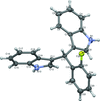

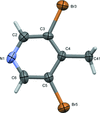



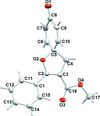















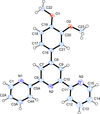

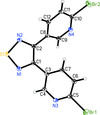







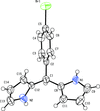







![[publCIF]](/logos/authorchecklist11.gif)





